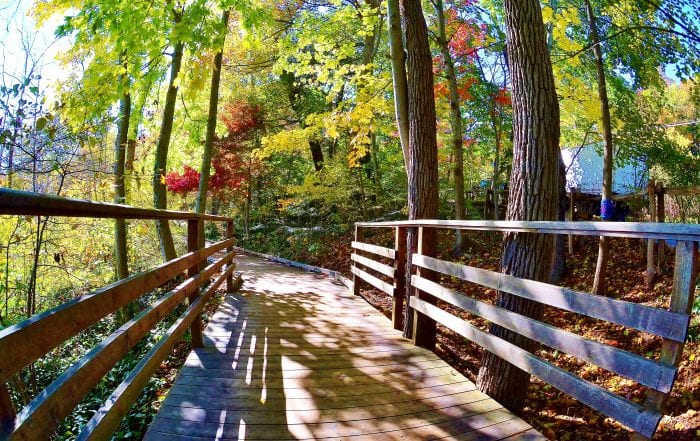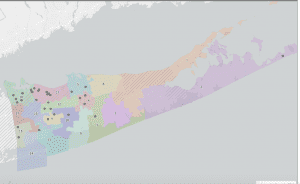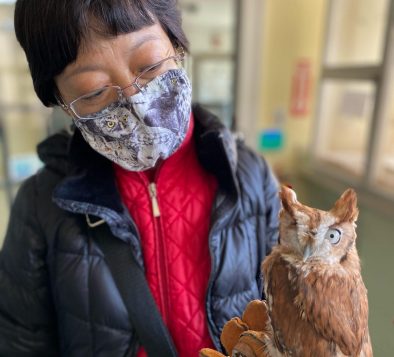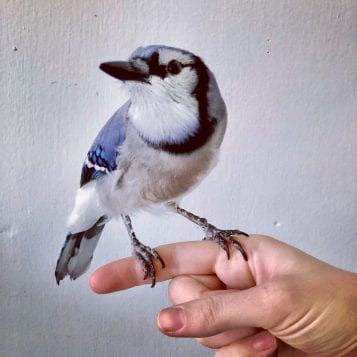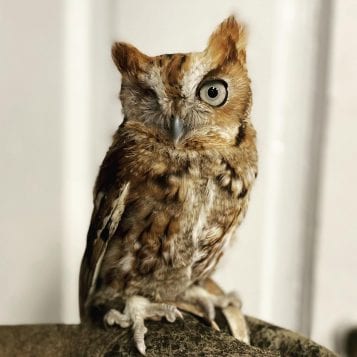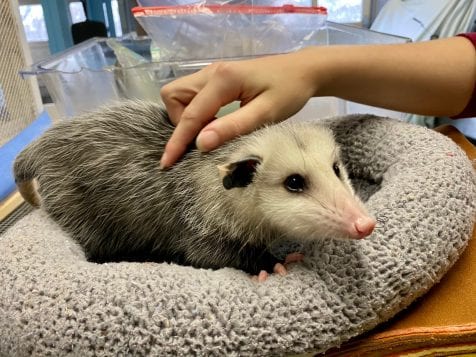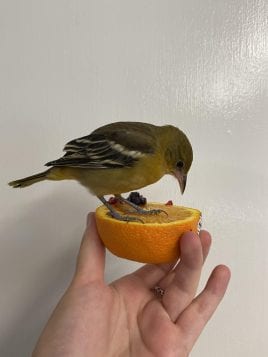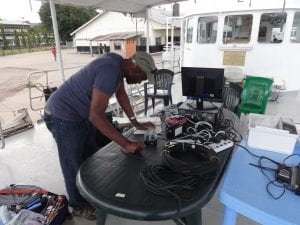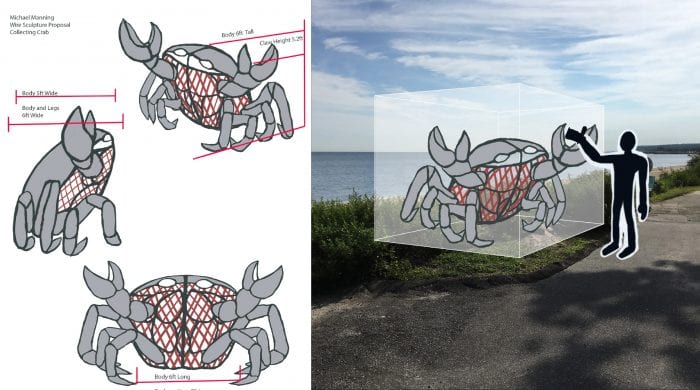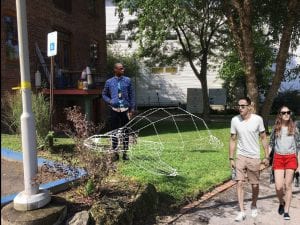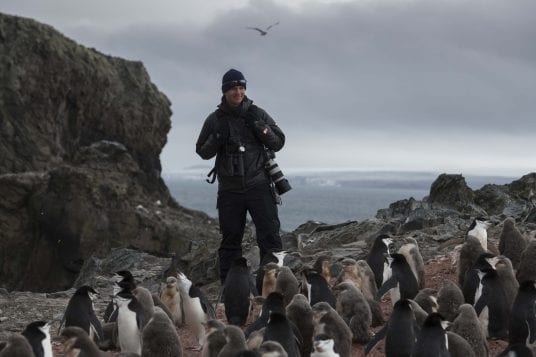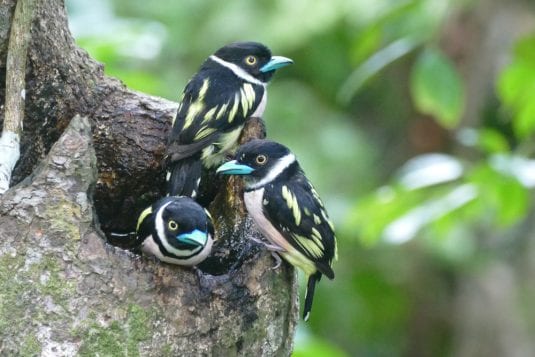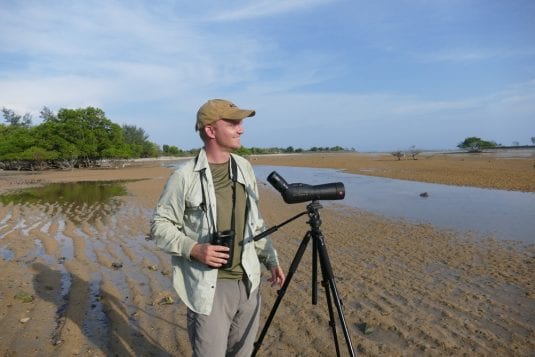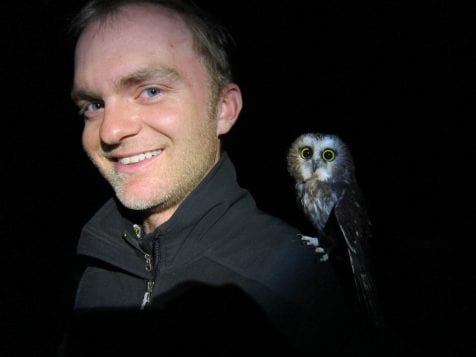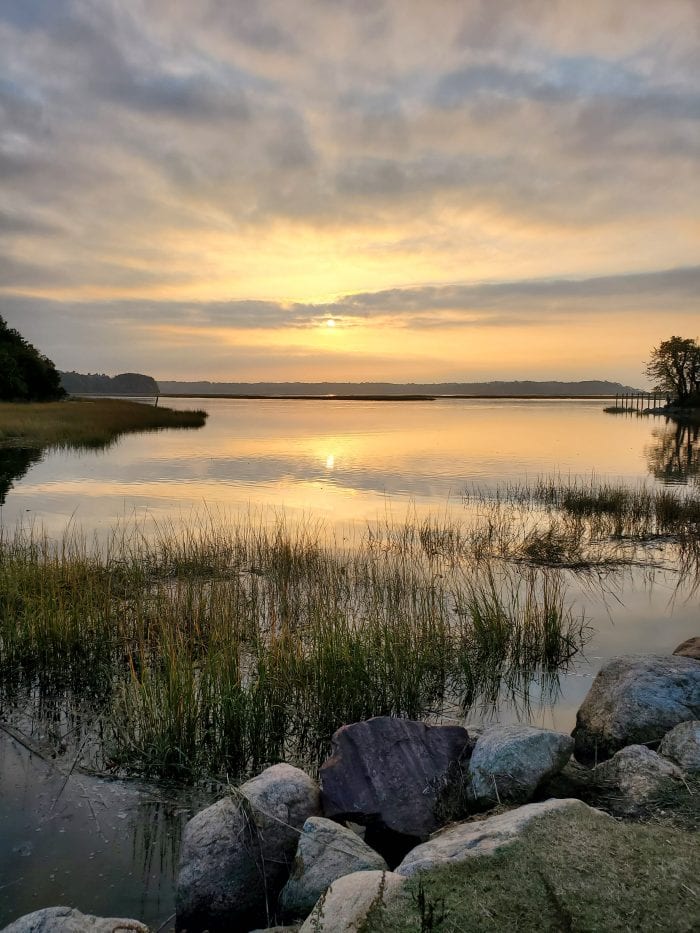Though it still requires formal agreements with local government, the Sunrise Wind offshore wind farm project is talking specifics on landfall for its electrical lines, adding even more emphasis on Brookhaven town.
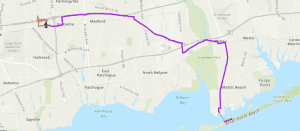
Sunrise Wind plans to create a 110-turbine, 880-megawatt wind farm 30 miles off the coast of Montauk. During an online community open house Nov. 16, representatives of the project, which is being duel-headed by Denmark-based Ørsted and East Coast-based Eversource, explained plans for having the electrical lines make landfall at the parking lot of Smith Point County Park on the South Shore. Those lines would then feed under the Smith Point Bridge and then under William Floyd Parkway.
The cables will extend north beneath the William Floyd Parkway for 3.8 miles, crossing under the Long Island Rail Road tracks before going west toward the Holtsville electrical substation.
A complete construction and operations plan will be made available in 2021, according to Sunrise Wind reps. The project could be operational as soon as 2024, as long as current timelines hold.
Ken Bowes, vice president of offshore wind siting and permitting for Sunrise, said they do not currently have a formal agreement with either Suffolk County, which owns Smith Point County Park and William Floyd Parkway, or the Town of Brookhaven for its roadways the underground electrical cables will need to use with the electrical substation. He said they look to have two formal agreements “that will compensate each fairly for the use of the facilities” in the near future.
“The town — we’ll hopefully be partners with them for the next 20 years,” he said.
The project has touted the Port Jefferson and Setauket areas as its main base of operations once the wind turbines are operational. Town Supervisor Ed Romaine (R) told TBR News Media last month that Sunrise Wind had purchased a site in East Setauket as its main office space, which is also to be used as a training center for the people who service the turbines.
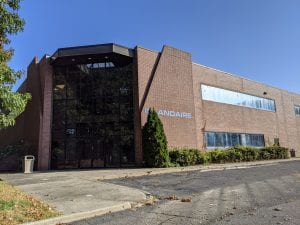
Sunrise Wind released a statement saying the nearly 60,000-square foot, multi-purpose Research Way facility will house members of the permanent staff of Sunrise Wind and South Fork Wind, among other teams, including positions such as technician, warehouse coordinator, contract manager, head of site, and other offshore and onshore jobs. The facility will be renovated to include custom office and warehouse space to handle marine coordination, contract and site management, as well as spare parts storage, among other activities.
Workers and equipment will be loaded and unloaded on its over-260-foot repair vessel at a special dock to be constructed in Port Jefferson Harbor.
“The deep-water harbor in Port Jefferson, combined with the talent pool and resources on Long Island, make the area ideally-suited to serve as a regional O&M hub for our Northeast offshore wind farms,” Ørsted Offshore North America’s Head of Operations, Mikkel Maehlisen said. “We’re eager to begin our work there and become members of the local community.”
Assemblyman Steve Englebright (D-Setauket), who originally proposed to the offshore wind corporations that Port Jeff be used as a home base for Sunrise Wind, said he was “delighted that Ørsted and Eversource have decided to strategically locate their Sunrise Wind Operations and Maintenance center near both the deep-water harbor that is Port Jefferson and the School of Marine and Atmospheric Science at Stony Brook University.”


